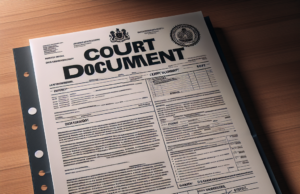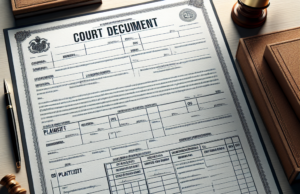No Fault Overview

Throughout history, couples that had wished to file for a divorce would be required to prove that one spouse had violated the marriage contract.
In fact, couples were not able to divorce due to simple irreconcilable differences, as they can now.
Couples were forced to blame one another and had to find specific examples of their spouse violating the marriage contract. There were many grounds for divorce, but in each case, one spouse was found at fault for the end of the marriage.
In the case of infidelity, the nonguilty spouse would set out to prove that the guilty spouse had an affair. Often, the nonguilty spouse would receive a disproportionate amount of the assets, as well as extra spousal support because they were not at fault in the divorce.
In fact, many spouses found ‘guilty’ had actually done nothing wrong and the couple had simply taken drastic measures in order to be permitted to end their marriage. Ironically, unhappy couples would often work together to find or create just legal causes to end their marriage and many couples were forced to perjure themselves in court in order to prove allegations of fault.
In fact, couples would sometimes work together to make allegations appear legitimate. Because judges found these actions to be making a mockery of the courts, they fought for an allowance of divorce in which neither spouse was found guilty of violating the marriage contract.
In response to these issues, California was the first state to legally allow no-fault divorces. There are many benefits associated with no-fault divorces. These types of divorces are generally granted much faster than divorces in which spouses sought to place blame on each other for the termination of the marriage.
It was very difficult for spouses to remain civil while they were forced to blame each other for everything that had gone wrong in the marriage.
By utilizing no-fault divorce, couples are able to remain calm and on much more civil terms with one another. While some states have requirements for no-fault divorce, many do not. In some states, couples must be legally separated before they can take part in a no-fault divorce.
Oftentimes, couples are required to live apart for around one year before a judge will grant a no-fault divorce. Currently, most states do allow for a no-fault divorce. In fact, New York is the only state that currently lacks a statute that clearly defines and allows no-fault divorce.















